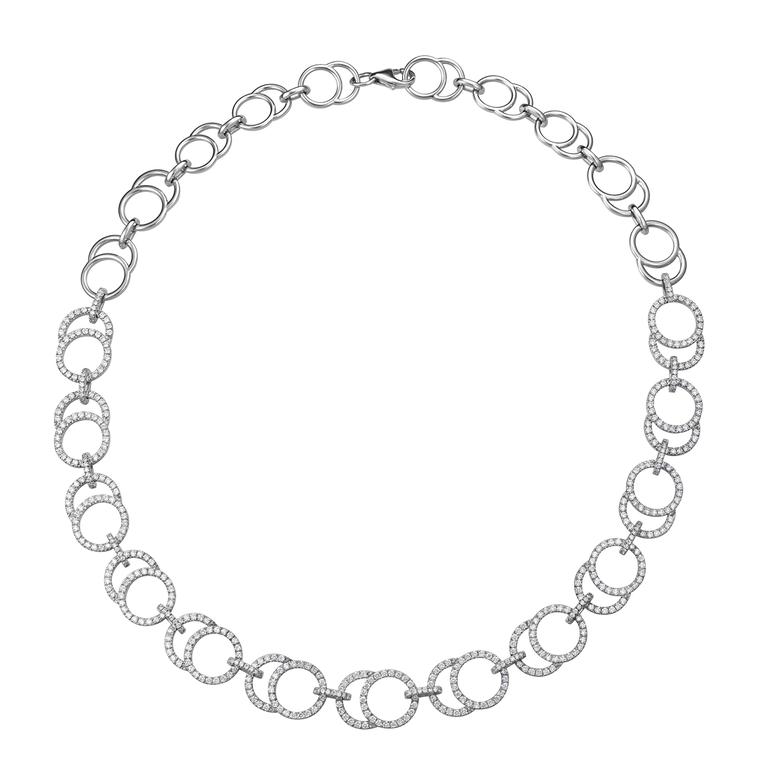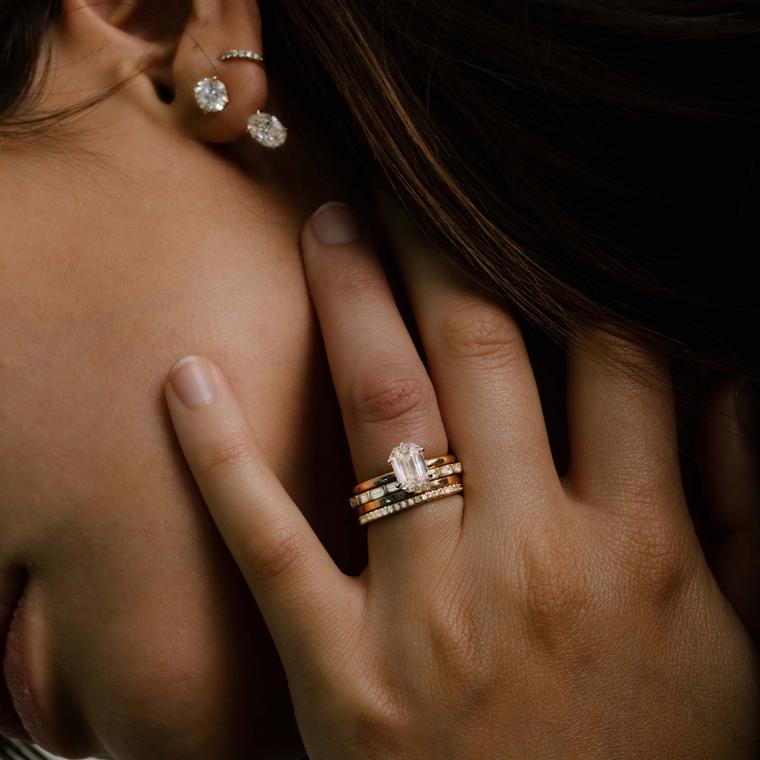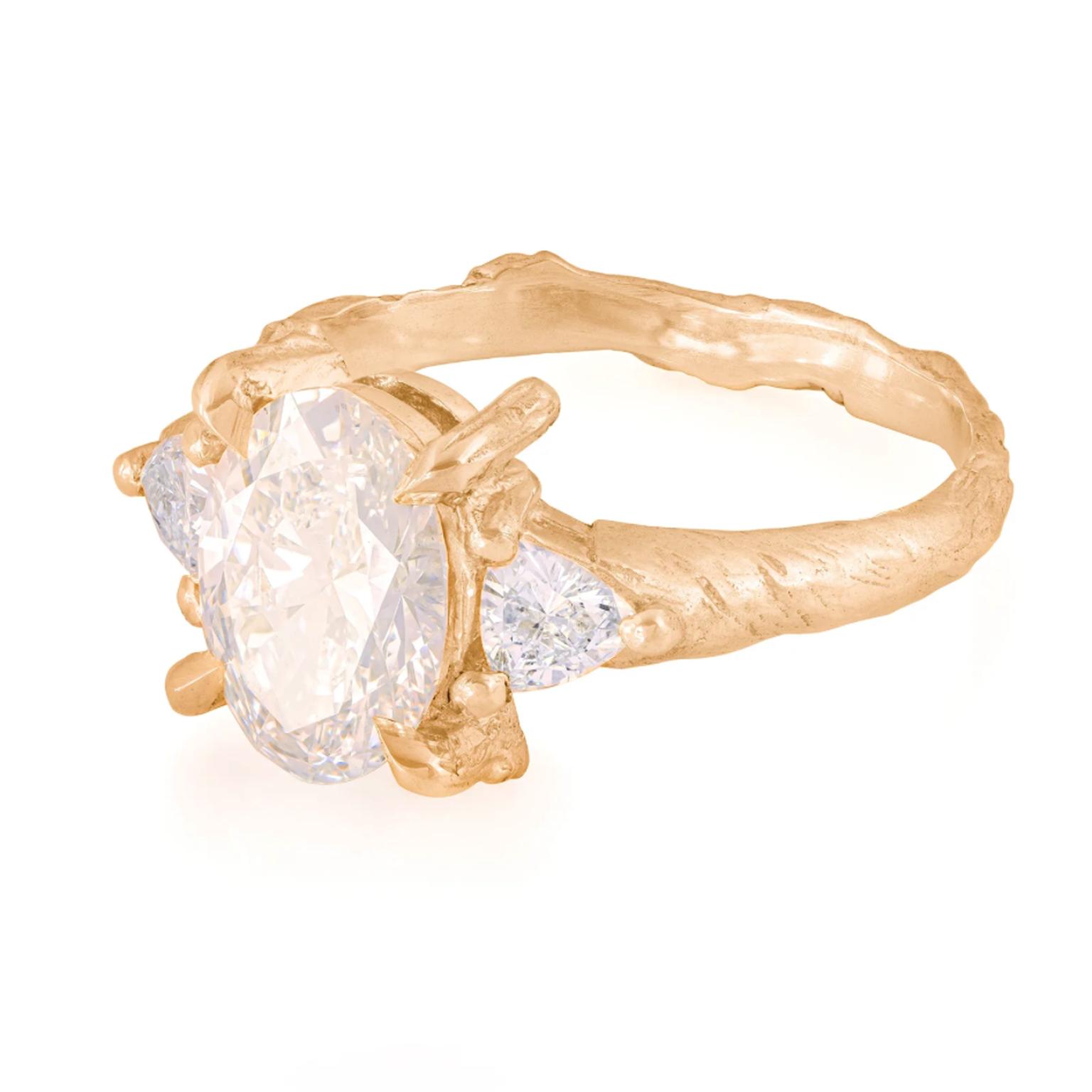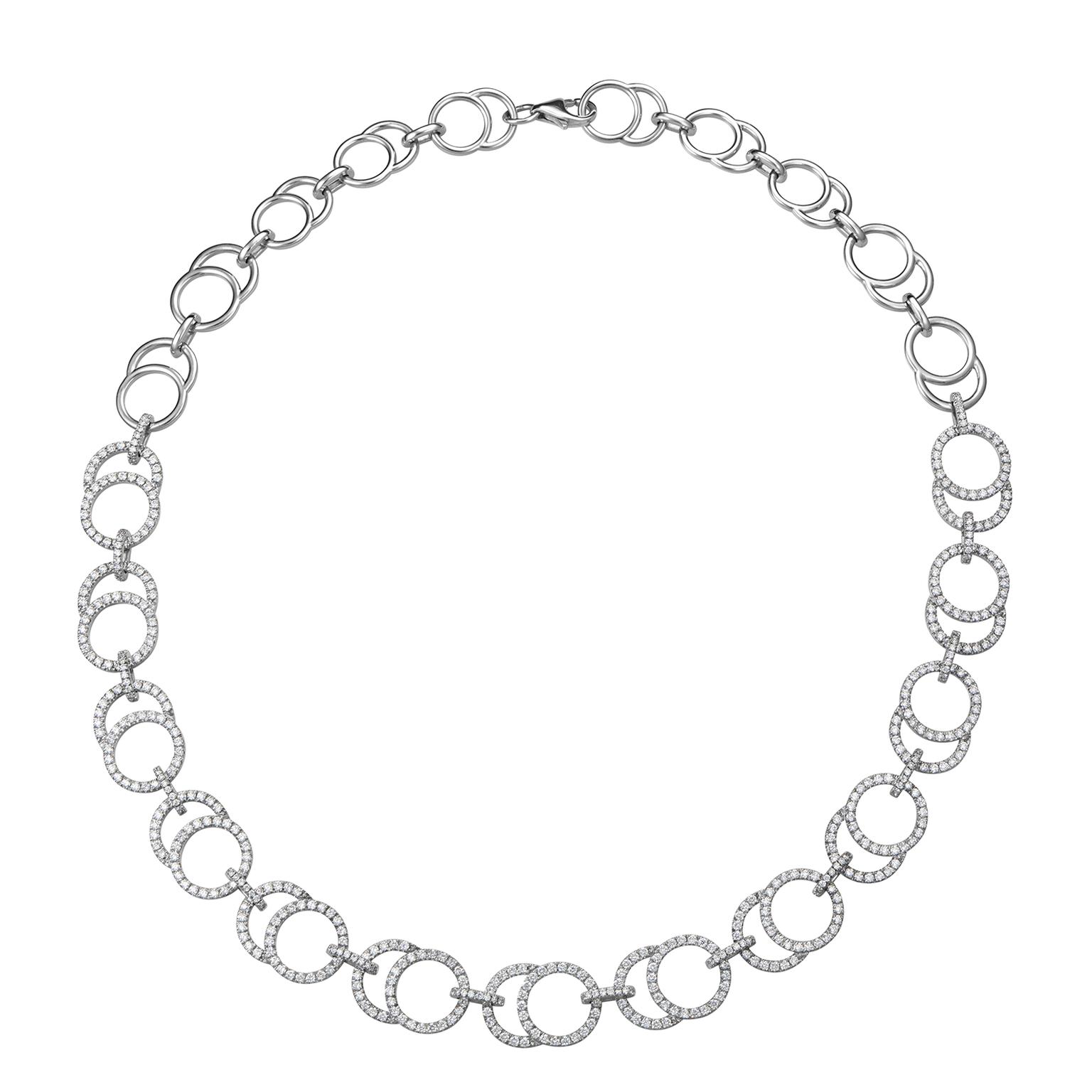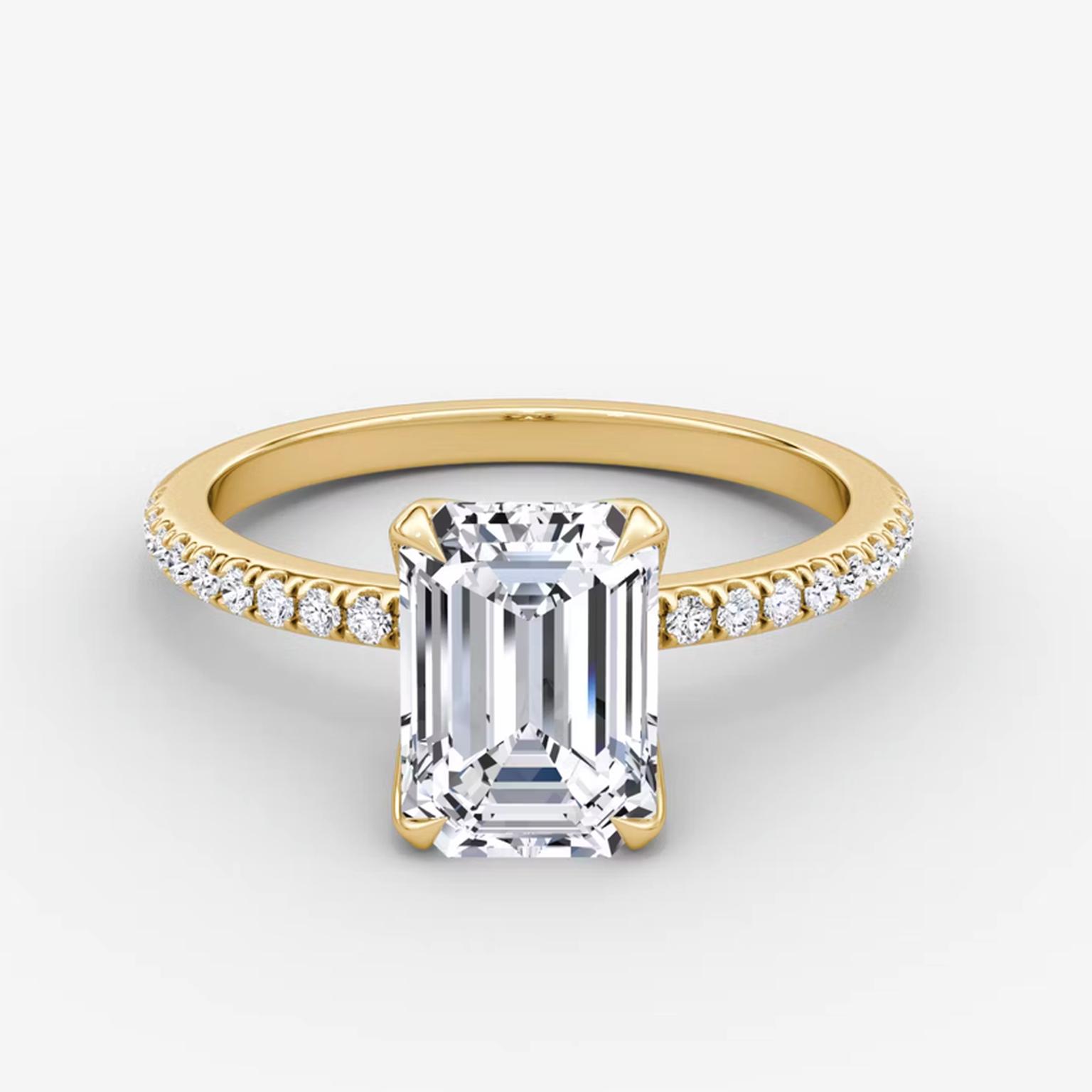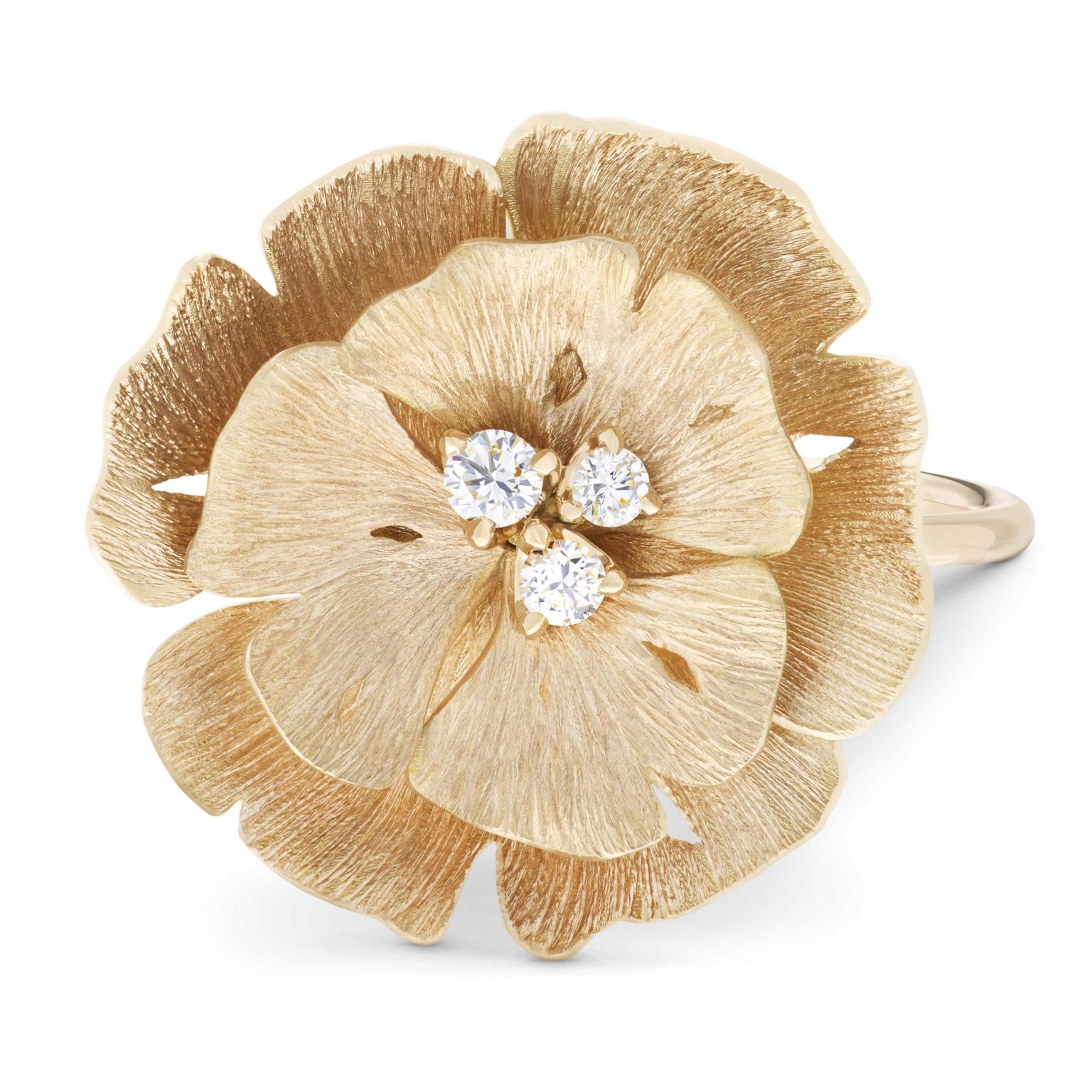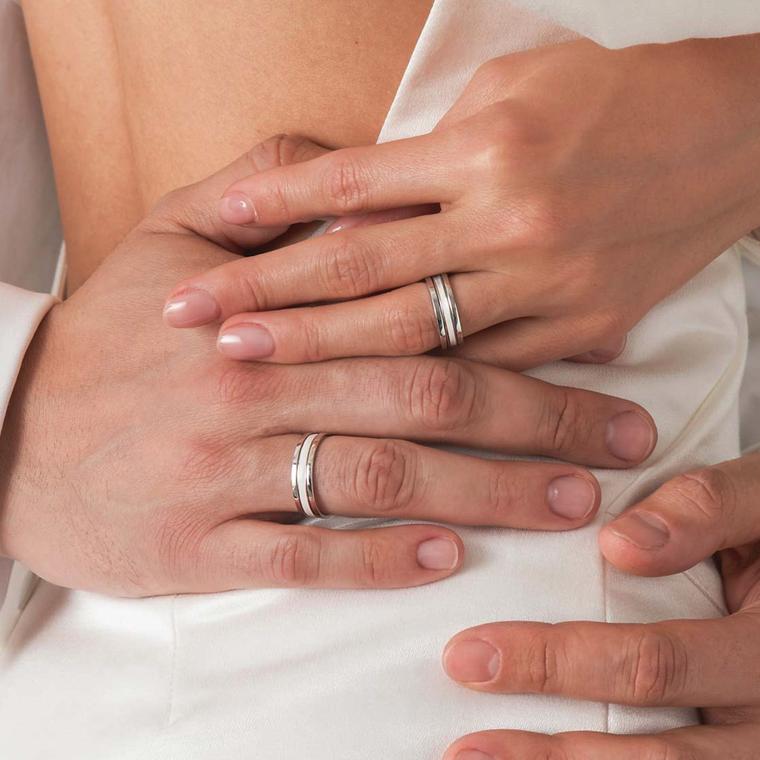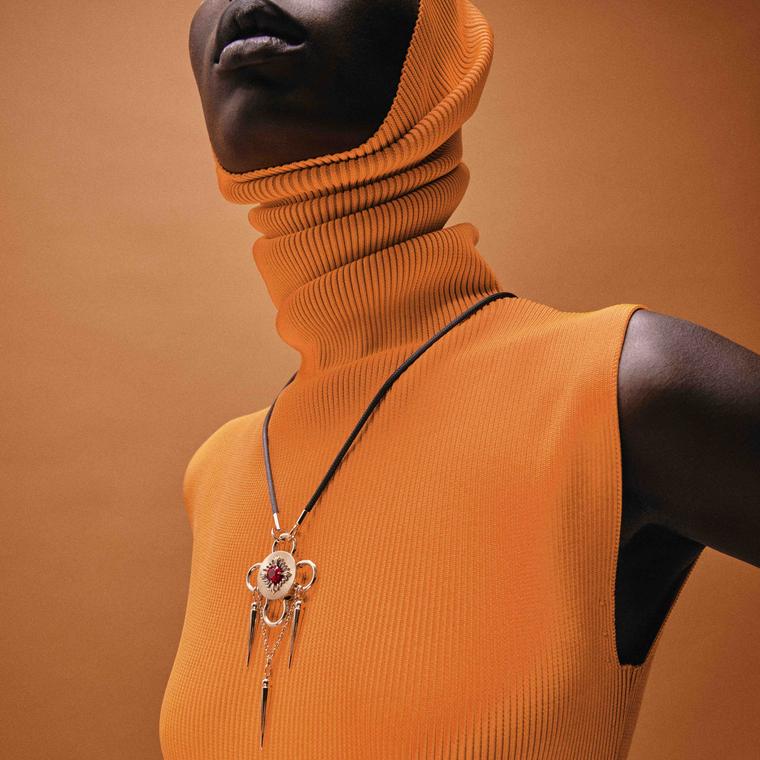With major watch and jewellery brands including Pandora and Breitling making the switch, you will no doubt have heard of lab-grown diamonds. But do you know what they actually are, and should you buy them?
Chemically identical to natural diamonds, it requires special technology to be able to tell the stones apart. They are made in laboratories, as the name suggests, by exposing carbon to high pressures and temperatures that mimic the conditions that occurred underground millions of years ago to create natural diamonds.
With the number of dedicated lab-grown diamond jewellery brands growing – Courbet, Vever, Vrai, Or & Elle, Kimaï, Oscar Massin, Sky Diamond – and most jewellers offering these stones alongside natural diamonds like the One in a Trillion collection by Chupi , here are five reasons to consider making a purchase.
__________________________________________________________________
Five reasons to choose natural diamonds: Click to read
__________________________________________________________________
1: No mining required
Digging for natural diamonds is messy. According to lab-grown diamond brand Clean Origin, for every 1ct of mined diamond, 100 square feet of earth needs to be dug up, creating 6,000 pounds of mineral waste and destroying natural habitats. Lab-grown diamonds require no mining. Some companies would have you believe that this means lab-grown diamonds are a more sustainable choice than natural diamonds. There is an argument for this, but it is important to know that not all producers of these stones are the same, and achieving those high temperatures and pressures requires a lot of energy. If sustainability is your main driver, make sure to seek out certified carbon-neutral producers, such as Diamond Foundry.
For top-tier diamond sustainability credentials, look for those with an SCS 007 certificate, such as Lattitude, GreenRocks and Lusix (in which LVMH has invested). Ask your jeweller about the origins of your lab-grown stone, just as you would if it was natural.

2: No chance of getting a blood diamond
Although conflict diamonds only account for 1% of the world’s supply today, it was previously a lot higher. According to the Kimberly Process, set up to guard against blood diamonds, it was as much as 15% in the 1990s. There is also the issue of colonialisation, true ownership and proper wealth distribution to consider: diamond-producing nations or areas still tend to be poor, despite being blessed with the world’s most expensive natural riches. Often people think antique or vintage diamonds are a more ethical option, but really this just depends on how long your memory is. A lot of natural diamonds are recycled and recut, and the older the stone, the less likely that human rights were a consideration when it was being mined. With a lab-grown stone, this isn’t something you have to worry about

3: More bling for your buck
One of the biggest attractions with a lab-grown diamond is the price. You can have a stone that is identical to the naked – or even trained – eye for a fraction of the price. This is especially true for fancy colour diamonds, as natural blue, pink and yellow diamonds are incredibly expensive and these shades can now be created in a lab. The difference in what you will pay for mined versus made varies.
To give a sense of the savings, we compared two identical engagement rings: the Delicacy solitaire ring in 18ct white gold set with a 1ct D-colour SI2 stone with excellent cut by 77 Diamonds. The version with the natural diamond cost just less than £4,340, while the lab-grown diamond ring came in at about £1,190. That’s a saving of more than 70%, which feels right given the current difference in price between the two types of stones at wholesale, but not all retailers are passing on these savings yet. If your jeweller is only offering a discount of, say, 30% against natural prices, you are most likely overpaying. This downward price trajectory is likely to continue in the years to come, but if you don’t care about investment and just want an affordable, beautiful jewel, then lab-grown is the way to go.
4: The joy of weird science
For decades we have been sold diamonds on romance: the idea that they were formed millions or billions of years ago beneath the earth’s crust, and were just waiting to find their way to you. It’s a nice story, but there is also a certain romance in the creation story of lab-grown diamonds for anyone with an interest in science and technology. The fact that humans can recreate diamonds in a laboratory is kind of mind blowing, and there is much joy to be taken from learning more about the cutting-edge technology required to do so. It is also a great story to be able to share with any admirers of your lab-grown diamonds.
5: New possibilities
As lab-grown diamonds are grown to order in a laboratory, it opens up a lot of possibilities in terms of design that just wouldn’t be achievable with natural diamonds; or if they were, they would be prohibitively expensive. TAG Heuer has created some experimental timepieces using lab-grown diamonds, including the Carrera Plasma Diamant D’Avant-Garde. Bespoke cuts of lab-grown diamonds in irregular shapes have been set into the case and bracelet, and, most spectacularly, the crown of the watch has been carved out of a single block of lab-grown diamond.
Other experimental uses include a cross made from a single block of lab-grown diamond by jeweller Vrai, and an entire ring of solid lab-grown diamond designed by former Apple chief design officer Jony Ive and industrial designer Marc Newson for The Diamond Foundry.








